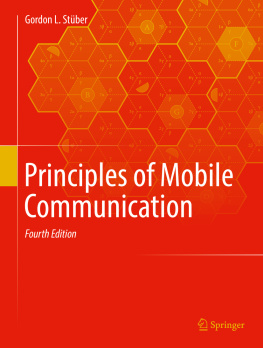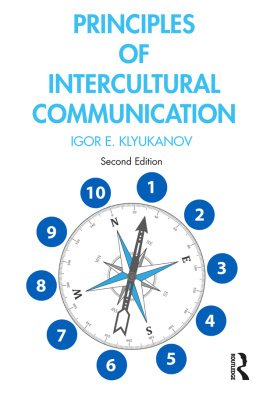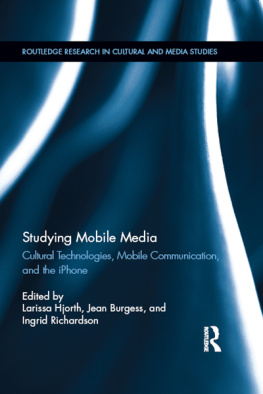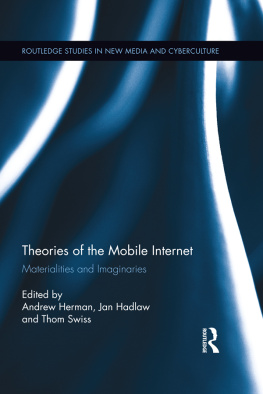Although this textbook is intended to address the fundamentals of wireless communications, it is nevertheless useful to have some basic knowledge of the history and evolution of wireless systems and standards. The following gives a brief description of the major standards that have been developed or are under development for cellular radio systems, cordless phone systems, and wireless local and personal area networks.
1.1.1 First Generation (1G) Cellular Systems
The early 1970s saw the emergence of the radio technology that was needed for the deployment of mobile radio systems in the 800/900MHz band at a reasonable cost. In 1976, the World Allocation Radio Conference (WARC) approved frequency allocations for cellular telephones in the 800/900MHz band, thus setting the stage for the commercial deployment of cellular systems. In the early 1980s, many countries deployed incompatible first generation (1G) cellular systems based on frequency division multiple access (FDMA) and analog FM technology. With FDMA there is a single traffic channel per radio frequency carrier. When a user accesses the network two carriers (channels) are actually assigned, one for the forward (base-to-mobile) link and one for the reverse (mobile-to-base) link. Separation of the forward and reverse carrier frequencies is necessary to allow implementation of a duplexer, an arrangement of filters that isolates the forward and reverse link channels, thus preventing a radio transceiver from jamming itself.
In 1979, the first analog cellular system, the Nippon Telephone and Telegraph (NTT) system, became operational. In 1981, Ericsson Radio Systems AB fielded the Nordic Mobile Telephone (NMT) 900 system, and in 1983 AT&T fielded the Advanced Mobile Phone Service (AMPS) as a trial in Chicago, IL. Many other first generation analog systems were also deployed in the early 1980s including TACS, ETACS, NMT 450, C-450, RTMS, and Radiocom 2000 in Europe, and JTACS/NTACS in Japan. The basic parameters of NTT, NMT, and AMPS are shown in Table . All 1G cellular systems are now extinct.
Table 1.1
First generation (1G) cellular standards
Feature | NTT | NMT | AMPS |
|---|
Frequency band | 925940/870885 | 890915/917950 | 824849/869894 |
RL/FLa | 915918.5/860863.5 |
(MHz) | 922925/867870 |
Carrier spacing | 25/6.25 | 12.5b | |
(kHz) | 6.25 |
6.25 |
Number of | 600/2400 | 1999 | |
channels | |
|
Modulation | Analog FM | Analog FM | Analog FM |
aRL=reverselink, FL=forward link
bfrequencyinterleaving using overlapping channels, where the channel spacing is half thenominal channel bandwidth
1.1.2 Second Generation (2G) Cellular Systems
Second generation (2G) digital cellular systems were developed in the 1980s and early 1990s, and widely deployed throughout the world in the 1990s. These included the GSM/DCS1800/PCS1900 standard in Europe, the Personal Digital Cellular (PDC) standard in Japan, and the IS-54/136 and IS-95 standards in the USA. Major parameters of the air interface specifications of these standards are summarized in Tables , and a very brief description of each is provided below.
Table 1.2
Second generation (2G) digital cellular standards, GSM and IS-54/136
Feature | GSM/DCS1800/PCS1900 | IS-54/136 |
|---|
Frequency band | GSM: 890915/ | 824829/ |
RL/FLa | 935960 | 869/894 |
(MHz) | DCS1800: 17101785/ | 19301990/ |
18051880 | 18501910 |
PCS1900: 19301990/ |
18501910 |
Multiple access | F/TDMA | F/TDMA |
Carrier spacing (kHz) | | |
Modulation | GMSK | 4-DQPSK |
Baud rate (kb/s) | 270.833 | 48.6 |
Frame size (ms) | 4.615 | |
Slots/Frame | 8/16 | 3/6 |
Voice coding (kb/s) | VSELP(HR 6.5) | VSELP (FR 7.95) |
RPE-LTP (FR 13) | ACELP (EFR 7.4) |
ACELP (EFR 12.2) | ACELP () |
Channel coding | Rate-1/2 CC | Rate-1/2 CC |
Frequency hopping | Yes | No |
Handoff | Hard | Hard |













